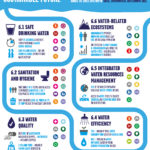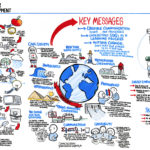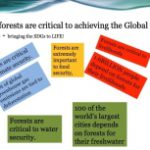Inspire me
How can NGOs use the SDGs?
There is a huge untapped potential for NGOs to better follow the implementation of SDGs. For example, your proposal for a more environmentally and social-friendly alternative to policy decision X is likely to be aligned with your government’s obligation to meet target Y of Sustainable Development Goal Z. No matter which environmental issue you are dealing with, there is likely to be a target and/or an indicator that you can refer to when formulating demands to policymakers. The SDGs are a useful global agenda to address a multitude of local and topical issues.
More details on the “get started” page.
A best practice in Europe
SDG Watch Europe is an EU-level alliance of NGOs from development, environment, social, human rights and other sectors. It’s goal is to hold governments and the EU to account for the implementation of the 2030 Agenda for Sustainable Development (SDGs). The coalition was first started when a group of Brussels-based NGOs came together in June 2015 to discuss how they could bring added-value to the monitoring of the Agenda 2030 in the EU. The EEB played a pivotal role in its foundation. After ad-hoc meetings, the coalition was publicly launched in October 2016 and it now monitors EU processes and encourages national platforms in Member States.
A best practice at national level
The Italian Alliance for Sustainable Development (Asvis) was founded in February 2016 thanks to the initiative of Fondazione Unipolis and the University of Rome ‘Tor Vergata’. The alliance currently gathers over 140 organisations including trade unions, territorial entities, public and private universities, CSOs, etc. The activities of Asvis are funded uniquely from members’ financial contributions. The mission of this alliance is to encourage a sustainable lifestyle in private and public organisations and citizens, to analyse the opportunities and implications of the Agenda 2030 for Italy and to contribute to the implementation of the SDGs in Italy. Asvis is member of the ESDN (European Sustainable Development Network).




